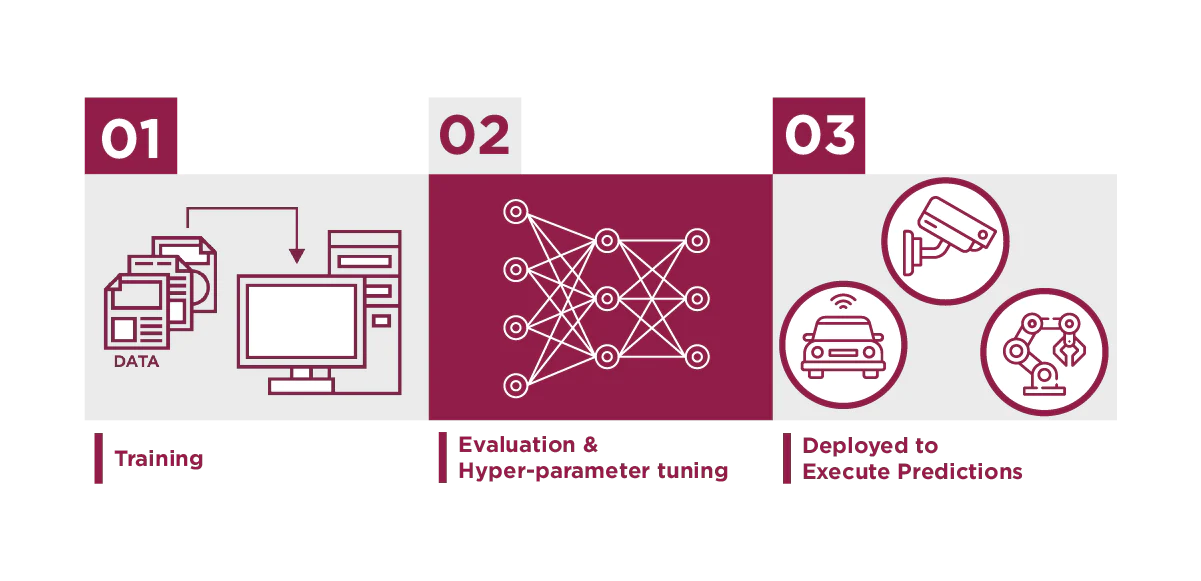Technology is everywhere. Two important areas in tech are AI and embedded systems. Both are unique and have different uses. Understanding them is key. Let’s explore AI and embedded systems. We will see their differences, similarities, and how they work.
What is AI?
AI stands for Artificial Intelligence. It is a way for machines to think like people. AI can learn, reason, and solve problems. People use AI in many areas. Some examples include:
- Voice assistants like Siri and Alexa.
- Recommendation systems on Netflix and Amazon.
- Self-driving cars that sense their surroundings.
AI uses data to improve itself. It learns from past experiences. This is what makes it smart. AI can analyze large amounts of data quickly. This helps in making decisions.
What are Embedded Systems?
Embedded systems are special computers. They are part of larger devices. These systems perform specific tasks. They do not need a full computer. Examples of embedded systems include:
- Washing machines that control water flow.
- Microwave ovens that cook food.
- Smart thermostats that regulate temperature.
Embedded systems are designed for one purpose. They work silently in the background. They are not very flexible. However, they are very efficient.
Key Differences Between AI and Embedded Systems
AI and embedded systems have clear differences. Here are some key points:
| Aspect | AI | Embedded Systems |
|---|---|---|
| Purpose | To mimic human intelligence | To perform specific tasks |
| Flexibility | Can learn and adapt | Fixed functions |
| Data Processing | Handles large data sets | Processes small data sets |
| Examples | Voice assistants, chatbots | Washing machines, cameras |
Similarities Between AI and Embedded Systems
Even with differences, AI and embedded systems share some similarities:
- Both use computer programming.
- Both rely on hardware and software.
- Both can improve efficiency in tasks.
These similarities help in understanding how they can work together.
How AI Enhances Embedded Systems
AI can make embedded systems smarter. This combination leads to better performance. Here are some ways AI enhances embedded systems:
- Smart appliances can learn user habits.
- Security cameras can identify faces or movements.
- Thermostats can adjust based on weather patterns.
These improvements offer more convenience and efficiency.

Credit: www.nwengineeringllc.com
Applications of AI in Embedded Systems
AI is changing how we use embedded systems. Here are some common applications:
- Smart home devices can adapt to user preferences.
- Healthcare devices can monitor patient data.
- Automobiles can use AI for safety features.
These applications show how AI makes systems better.
Challenges of Integrating AI with Embedded Systems
While combining AI with embedded systems is helpful, it has challenges:
- Limited processing power in embedded systems.
- Need for more energy-efficient solutions.
- Data privacy concerns with personal information.
These challenges require careful planning and design.
The Future of AI and Embedded Systems
The future looks bright for AI and embedded systems. They will continue to grow together. New technologies will emerge. Some trends to watch include:
- Increased use of AI in smart devices.
- More automation in homes and industries.
- Enhanced data security measures.
These trends will shape our daily lives.

Credit: medium.com
Frequently Asked Questions
What Is The Difference Between Ai And Embedded Systems?
AI focuses on simulating human intelligence, while embedded systems are specialized computing devices in larger systems.
How Does Ai Enhance Embedded Systems?
AI can improve decision-making in embedded systems, making them smarter and more efficient.
What Are Common Examples Of Embedded Systems?
Common examples include washing machines, microwaves, and smart home devices.
Can Ai Be Used In Everyday Devices?
Yes, many everyday devices, like smartphones and smart speakers, use AI technology.
Conclusion
In summary, AI and embedded systems are important parts of technology. They serve different purposes but can work together. AI makes embedded systems smarter. This combination leads to improved performance and efficiency.
As technology continues to evolve, we can expect exciting advancements. Understanding both AI and embedded systems is essential. This knowledge will help us adapt to the changes ahead.

